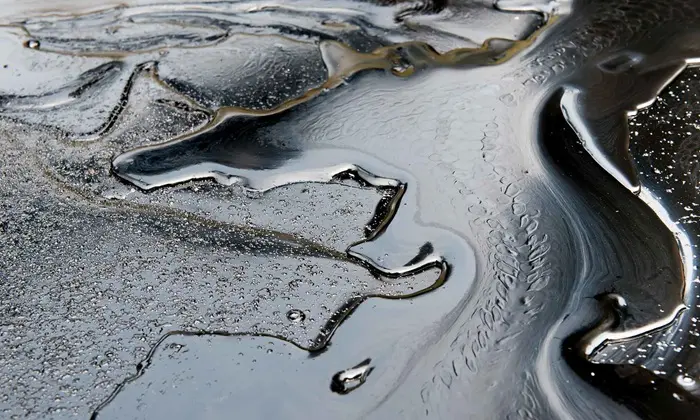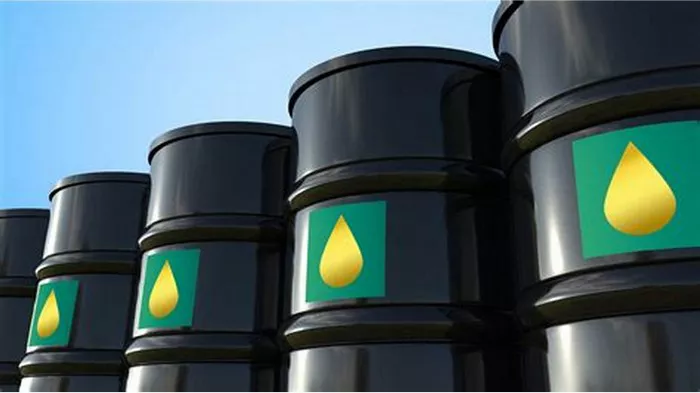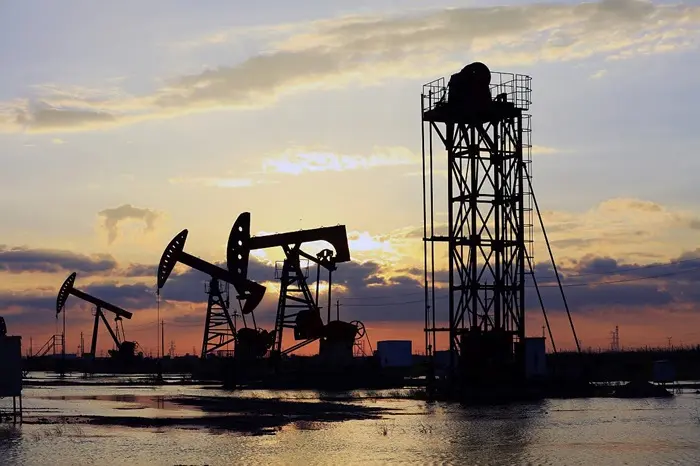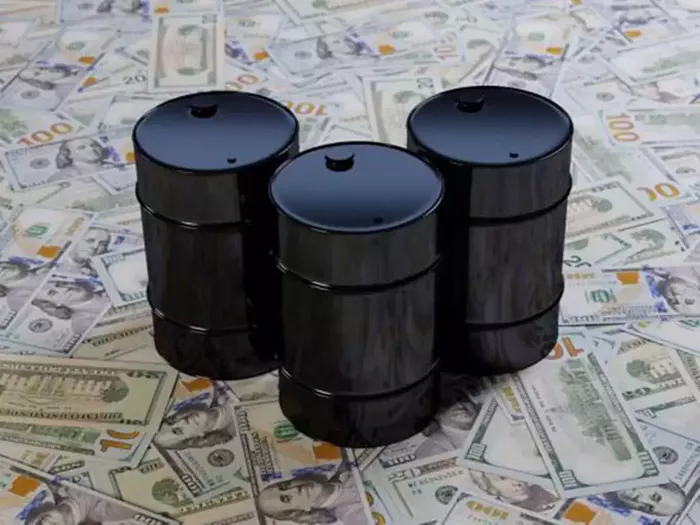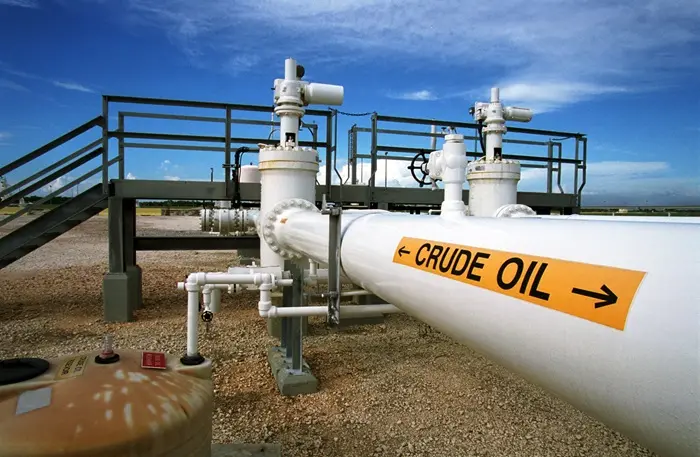Crude oil is one of the most valuable natural resources in the world, serving as the backbone of the global economy. It is a complex mixture of hydrocarbons and other organic compounds that, once refined, becomes an essential component of numerous products and industries. The versatility and widespread use of crude oil make it a crucial commodity, influencing everything from transportation to manufacturing. This article explores the various uses of crude oil, breaking down its significance in different sectors and the impact it has on daily life.
1. The Basics of Crude Oil
Before diving into the specific uses of crude oil, it is essential to understand what crude oil is and how it is processed.
1.1. What Is Crude Oil?
Crude oil is a naturally occurring, unrefined petroleum product composed of hydrocarbon deposits and other organic materials. It is extracted from underground reservoirs, where it has been formed over millions of years from the remains of ancient marine organisms. The composition of crude oil varies depending on its source, but it generally contains a mixture of carbon, hydrogen, sulfur, nitrogen, oxygen, and trace metals.
1.2. Refining Crude Oil
Crude oil is not used in its raw form. Instead, it undergoes a refining process that separates it into various components or “fractions,” each with different applications. The refining process involves heating the crude oil and separating it into different products based on their boiling points. This process produces several refined products, including gasoline, diesel, jet fuel, and various petrochemicals.
2. Transportation Fuels
One of the most well-known and significant uses of crude oil is in the production of transportation fuels.
2.1. Gasoline
Gasoline, also known as petrol, is the primary fuel used in internal combustion engines, powering cars, motorcycles, and light trucks. It is a high-energy fuel derived from the lighter fractions of crude oil during the refining process. Gasoline is essential for personal and commercial transportation, making it a critical component of modern life.
2.2. Diesel Fuel
Diesel fuel is another major product derived from crude oil. It is used primarily in heavy-duty vehicles, such as trucks, buses, and trains, as well as in some cars and industrial machinery. Diesel engines are known for their fuel efficiency and durability, making diesel fuel crucial for the transportation of goods and services.
2.3. Jet Fuel
Jet fuel, or aviation turbine fuel (ATF), is a specialized type of fuel used in aircraft engines. It is produced from the middle distillates of crude oil and is designed to perform under extreme conditions, such as high altitudes and varying temperatures. Jet fuel is vital for the aviation industry, enabling global travel and commerce.
2.4. Marine Fuels
Marine fuels, often referred to as bunker fuels, are used to power ships and other marine vessels. These fuels are heavier and more viscous than other transportation fuels and are essential for international trade, as they power the ships that transport goods across the world’s oceans.
3. Industrial Uses
Crude oil plays a significant role in various industrial processes, serving as both a fuel and a raw material.
3.1. Petrochemicals
One of the most critical industrial uses of crude oil is in the production of petrochemicals. Petrochemicals are chemical products derived from petroleum and natural gas, and they serve as the building blocks for a wide range of products, including plastics, synthetic rubber, and synthetic fibers. The petrochemical industry is vast, encompassing the production of everything from packaging materials to medical devices.
3.2. Lubricants
Lubricants are essential for reducing friction and wear in machinery and engines. Crude oil is the primary source of base oils used in the production of lubricants. These lubricants are used in automotive engines, industrial machinery, and various other applications where reducing friction is crucial to performance and longevity.
3.3. Asphalt
Asphalt, also known as bitumen, is a byproduct of crude oil refining and is used primarily in road construction. It is a thick, sticky substance that binds together aggregates to form a durable surface for roads, highways, and airport runways. Asphalt is also used in roofing materials and waterproofing products.
3.4. Chemical Feedstocks
Crude oil is a key source of feedstocks for the chemical industry. These feedstocks are used to produce a wide array of chemicals, including fertilizers, pesticides, and industrial solvents. The availability and cost of crude oil significantly influence the production and pricing of these chemicals, which are essential for agriculture, manufacturing, and other industries.
See Also: 8 Major Uses of Crude Oil in Daily Life
4. Residential and Commercial Uses
Crude oil and its derivatives also have numerous applications in residential and commercial settings.
4.1. Heating Oil
Heating oil is a petroleum product used to heat homes and businesses, particularly in regions with cold climates. It is derived from the heavier fractions of crude oil and is burned in furnaces and boilers to generate heat. Heating oil is an important energy source for many households, especially in areas where natural gas is not readily available.
4.2. Cooking and Lighting
In some parts of the world, particularly in rural and developing areas, kerosene (a product derived from crude oil) is used for cooking and lighting. Kerosene stoves and lamps are common in regions without access to electricity or other modern energy sources, providing essential heat and light.
4.3. Consumer Goods
Crude oil derivatives are found in a wide range of consumer goods, from cosmetics to clothing. For example, many personal care products, such as lotions, creams, and shampoos, contain petroleum-based ingredients. Additionally, synthetic fabrics like polyester and nylon, which are used in clothing and home furnishings, are made from petrochemicals.
5. Energy Production
Crude oil is a major source of energy, not just for transportation and heating, but also for electricity generation and other energy-intensive processes.
5.1. Power Generation
In some regions, crude oil is used as a fuel for power generation. Although its use has declined in favor of cleaner energy sources, such as natural gas and renewables, oil-fired power plants still exist in parts of the world. These plants burn crude oil or its derivatives to generate electricity, which is then distributed to homes and businesses.
5.2. Backup Power
Crude oil-based fuels, such as diesel, are commonly used in backup power generators. These generators provide electricity during power outages, ensuring continuity of operations for critical infrastructure, such as hospitals, data centers, and communication networks.
6. Environmental and Economic Considerations
While crude oil is essential for modern life, its use raises significant environmental and economic concerns.
6.1. Environmental Impact
The extraction, refining, and burning of crude oil contribute to environmental degradation, including air and water pollution, habitat destruction, and climate change. The oil industry is a major source of greenhouse gas emissions, which are linked to global warming. Additionally, oil spills and leaks can cause severe damage to ecosystems and communities.
6.2. Economic Impact
The global economy is heavily dependent on crude oil, and fluctuations in oil prices can have far-reaching economic effects. High oil prices can lead to increased costs for transportation, manufacturing, and other sectors, while low prices can impact the profitability of oil-producing countries and companies. The volatility of oil prices makes it a critical factor in economic planning and policy-making.
7. Future of Crude Oil
The future of crude oil is shaped by several trends, including technological advancements, environmental regulations, and shifts in energy demand.
7.1. Technological Advancements
Advances in technology, such as hydraulic fracturing and deepwater drilling, have increased the accessibility of crude oil reserves, leading to changes in global supply dynamics. Additionally, innovations in refining and petrochemical production are improving the efficiency and sustainability of oil use.
7.2. Environmental Regulations
Governments around the world are implementing stricter environmental regulations to reduce the environmental impact of crude oil. These regulations are driving the development of cleaner energy alternatives and more efficient use of oil resources.
7.3. Shift to Renewable Energy
The growing focus on renewable energy sources, such as wind, solar, and electric vehicles, is gradually reducing the demand for crude oil. While oil is expected to remain a significant energy source for the foreseeable future, the transition to a more sustainable energy mix is underway.
Conclusion
Crude oil is an incredibly versatile resource, with uses ranging from fueling transportation to powering industries and producing consumer goods. Its importance to the global economy cannot be overstated, yet its environmental and economic implications highlight the need for careful management and innovation. As the world continues to evolve, the role of crude oil will likely change, but its impact on our lives will remain profound. Understanding the uses of crude oil and its broader implications can help individuals and businesses make informed decisions in an increasingly complex energy landscape.
[inline_related_posts title=”You Might Be Interested In” title_align=”left” style=”list” number=”3″ align=”none” ids=”3425,3358,3361″ by=”categories” orderby=”rand” order=”DESC” hide_thumb=”no” thumb_right=”no” views=”no” date=”yes” grid_columns=”2″ post_type=”” tax=””]


